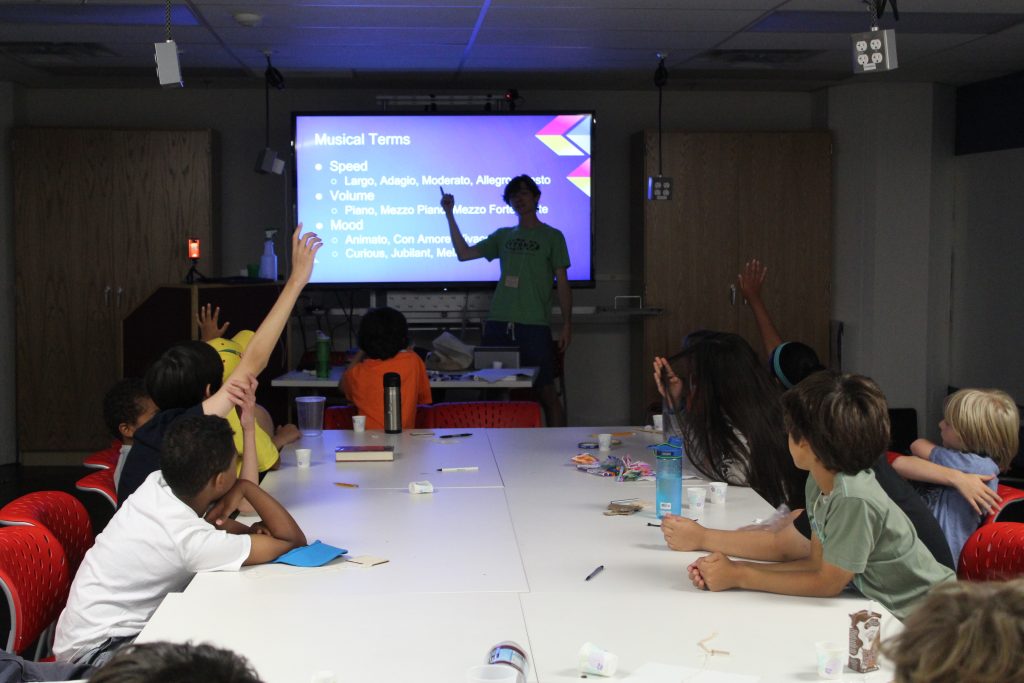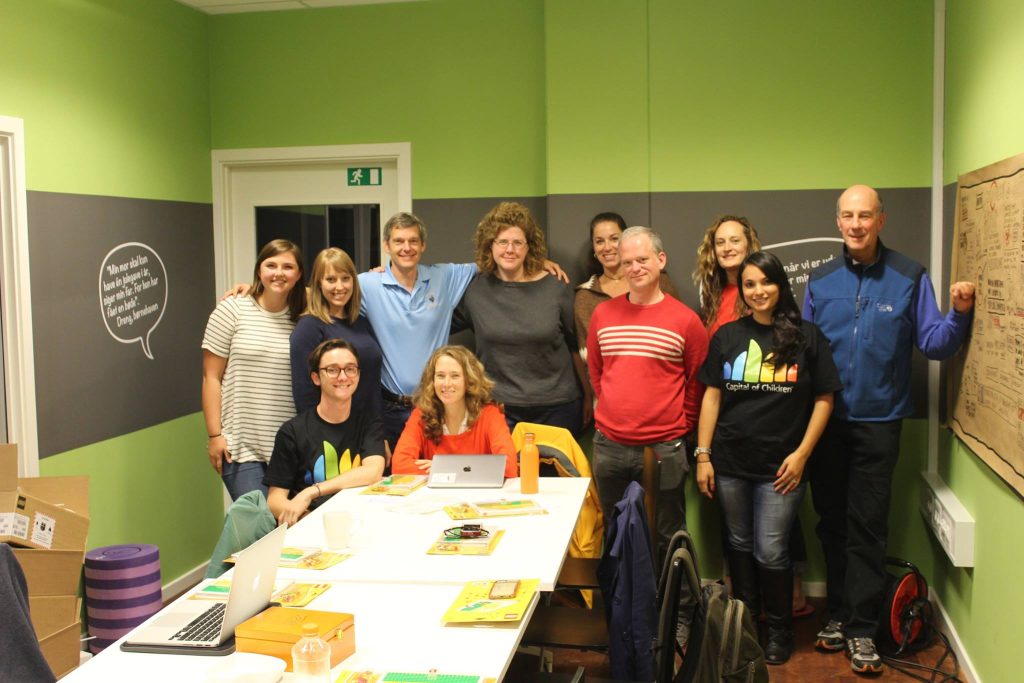
Matthew Mueller, CEEO PhD graduate Student, took part in a project called Billund Builds Music (BBM). BBM was a full week of project based and play based learning where children designed, built, and performed on their own musical instruments. It took place in Billund, Denmark, the Capital of Children, and more than 4,000 children actively took part in the project. Matt shares his reflections of his trip:
My first introduction to the Billund Builds Music (BBM) project was during the fall semester last year when Chris Rogers told me that some schools in Denmark were willing to spend a whole week of their normal school days designing, building, composing for, and performing on their own instruments. As we started to run pilot workshops in a STOMP class as well as at the CEEO using recycled and found materials to build instruments, the idea made its way around Billund and we found out that every school, around 4000 students, would be participating in the week of building. Over the summer, I ran a week long pilot workshop with 20 students from 8 to 13 years old. At the same time ten teachers from Billund came to learn about how the CEEO facilitates open ended design challenges related to music and how to encourage scientific thinking and problem solving.
During the actual week of BBM, my role was to travel around the municipality to run a workshop on music appreciation at various schools with the goal of getting students to think critically about music as they listen and inspiring them to write compositions. The first workshops I ran were in a high school in Billund, so students were able to understand english pretty well. For the classes with younger students, any communication needed beyond the universal quality of music was translated by the teachers. We started by listening to different types of music as a group and discussing the different emotions that it could make us feel. After exploring the concept of rhythm through dancing, I challenged students to write their own song that captured at least one specific emotion.

As I ran the workshops, I got to interact with students of all ages from all over the municipality and see the instruments they had been working on. The feeling that I seemed to come across most often throughout the week was excitement, on the part of both students and teachers. Teachers generally seemed hesitant at first to let their students be free to create in such a seemingly structureless setting, but many of them that I interacted with were quick to see the excitement that students were showing. It was awesome to see how proud students were of the instruments that they made from scratch.
The instruments that were created ranged from rubber band guitars to trombones made of old tubing, but the most popular were certainly percussion instruments. The nature of the materials that were available, generally recycled and found materials with some woodworking mixed in at some schools (and rolls upon rolls of duct tape), made it difficult to create high quality instruments, but the students were very creative and invented new ways of making sound. Even students who ended up repurposing one big object as a drum were able to think of creative ways to get different types of sounds out of it.
